Tạo nội dung học về ngày và giờ bằng tiếng Anh, kết hợp với câu chuyện du lịch là một cách thú vị để giúp trẻ em học từ vựng và ngữ pháp cơ bản về thời gian, đồng thời tăng cường khả năng giao tiếp thông qua các tình huống thực tế và hấp dẫn. Bằng cách kết hợp giữa tri thức và câu chuyện, nội dung này không chỉ giúp trẻ em nhớ lâu mà còn làm cho quá trình học trở nên vui vẻ và đáng nhớ.
Trình bày trò chơi
Hội thoại về việc mua đồ trong cửa hàng trẻ em
Bà bán hàng: “Chào các bạn! Hôm nay cửa hàng của tôi có rất nhiều đồ chơi mới và thú vị. Các bạn muốn mua gì nào?”
Trẻ con: “Chị ơi, tôi muốn mua một con gấu bông!”
Bà bán hàng: “Rất tốt! Con gấu bông này có rất nhiều màu sắc đẹp. Bạn thích màu nào?”
Trẻ con: “Tôi thích màu hồng!”
Bà bán hàng: “Tuyệt vời! Màu hồng rất nhẹ nhàng và dễ thương. Đây là con gấu bông màu hồng cho bạn. Cảm ơn bạn đã mua hàng!”
Trẻ con: “Cảm ơn chị! Tôi rất vui vì có một con gấu bông mới.”
Bà bán hàng: “Chúc bạn vui chơi với con gấu bông của mình! Còn các bạn có muốn mua gì không?”
Trẻ con khác: “Tôi muốn mua một bộ xếp hình!”
Bà bán hàng: “Tuyệt vời! Bộ xếp hình này có rất nhiều mảnh ghép. Bạn thích mẫu nào?”
Trẻ con khác: “Tôi thích mẫu xe ô tô!”
Bà bán hàng: “Màu xe ô tô này rất nổi bật và dễ nhận biết. Đây là bộ xếp hình xe ô tô cho bạn. Chúc bạn có nhiều niềm vui khi chơi với nó!”
Trẻ con khác: “Cảm ơn chị! Tôi rất vui vì có một bộ xếp hình xe ô tô mới!”
Bà bán hàng: “Chúc các bạn vui chơi và có một ngày vui vẻ!”

Bắt đầu trò chơi
“Chúng ta sẽ bắt đầu trò chơi tìm từ ẩn bằng cách sử dụng hình ảnh các loài động vật mà các bạn thích. Tôi sẽ đọc một từ và các bạn hãy tìm từ đó trong hình ảnh. Hãy cẩn thận và nhanh chóng nhé!”
- From: “Look for the ‘elephant’ (phụ kiện) in the picture.”
- From: “Can you find the ‘tiger’ (báo) in this picture?”
- From: “Now, let’s look for the ‘monkey’ (khỉ) in the jungle scene.”
- From: “The next word is ‘dolphin’ (cá heo). Can you spot it?”
- From: “I think I see a ‘kangaroo’ (kangaroo) hopping around. Can anyone find it?”
- From: “Let’s find the ‘penguin’ (penguin) in the icy ocean.”
- From: “The next word is ‘crocodile’ (cá sấu). Who can find it in the water?”
- From: “Now, let’s look for the ‘giraffe’ (giraffe) in the savannah.”
- From: “The last word for today is ‘hippo’ (hippo). Can you spot it in the water?”
Giải thích và hoạt động thực hành:
- Sau khi tìm thấy từ, bạn có thể hỏi trẻ em về loài động vật đó. Ví dụ: “What does an elephant eat?” hoặc “What sound does a penguin make?”
- Bạn cũng có thể yêu cầu trẻ em vẽ một bức tranh ngắn về loài động vật mà họ đã tìm thấy và thêm vào từ đó.
- Nếu trẻ em gặp khó khăn, bạn có thể giúp đỡ và hướng dẫn họ tìm từ.
Kết thúc trò chơi:
- Sau khi hoàn thành trò chơi, bạn có thể hỏi trẻ em nếu họ đã thích thú và học được nhiều từ mới.
- Khuyến khích trẻ em sử dụng từ mới trong cuộc sống hàng ngày và kể lại câu chuyện về trò chơi này với gia đình và bạn bè.
Danh sách từ vựng:
- elephant (phụ kiện)
- tiger (báo)
- monkey (khỉ)
- dolphin (cá heo)
- kangaroo (kangaroo)
- penguin (penguin)
- crocodile (cá sấu)
- giraffe (giraffe)
- hippo (hippo)
Hoạt động thực hành:
- Trẻ em có thể vẽ một bức tranh về rừng và thêm vào các loài động vật mà họ đã tìm thấy trong trò chơi.
- Bạn cũng có thể tạo ra một cuốn sách nhỏ bằng cách dán hình ảnh và từ vựng vào trang giấy và kể câu chuyện ngắn về rừng và các loài động vật.
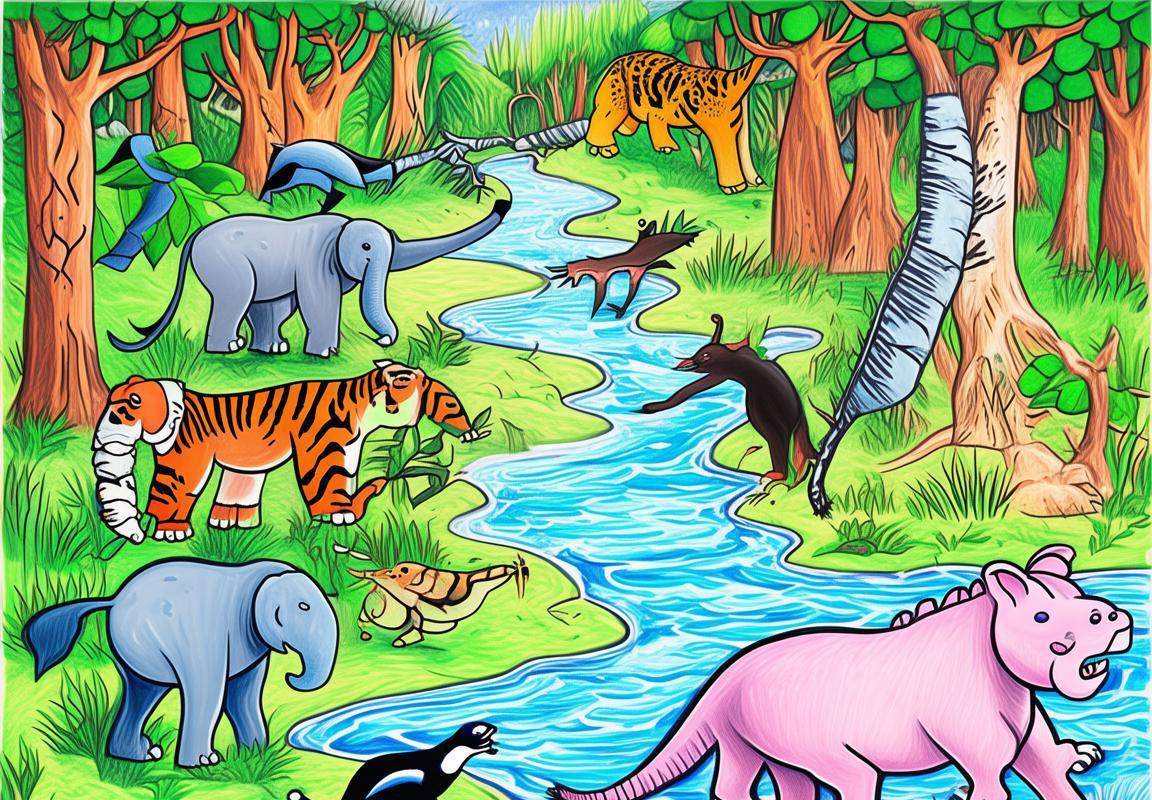
Đọc từ và kiểm tra
Bắt đầu trò chơi:
-
“Alright, let’s start the game! I’m going to show you a picture of a fish, and you need to guess the word in English. Ready? Let’s go!”
-
“Here’s a picture of a fish. What’s the word for a fish in English?”
-
“Some of you might say ‘fish,’ but let’s try to say it in a full sentence. ‘I see a fish in the water.’”
-
“Great job! Now, let’s try another one. Here’s a picture of a turtle. What’s the word for a turtle?”
-
“Some of you might say ‘turtle,’ but let’s make it a little more fun. ‘I found a turtle swimming in the pond.’”
-
“That’s perfect! Keep up the good work. Now, I have a picture of a duck. What’s the word for a duck?”
-
“Some of you might say ‘duck,’ but let’s add some details. ‘Look at the duck floating on the lake.’”
-
“Fantastic! You’re really getting the hang of this. Let’s move on to the next one. Here’s a picture of a frog. What’s the word for a frog?”
-
“Some of you might say ‘frog,’ but let’s make it interactive. ‘I heard a frog croaking in the grass.’”
-
“That’s amazing! You’re doing great. Now, I have a picture of a beaver. What’s the word for a beaver?”
-
“Some of you might say ‘beaver,’ but let’s describe it. ‘There’s a beaver building a dam in the river.’”
-
“You’re really getting the hang of this game! Keep going. Now, I have a picture of a butterfly. What’s the word for a butterfly?”
-
“Some of you might say ‘butterfly,’ but let’s add some color. ‘Look at the colorful butterfly flying in the garden.’”
-
“That’s wonderful! You’re doing a fantastic job. Now, I have a picture of a squirrel. What’s the word for a squirrel?”
-
“Some of you might say ‘squirrel,’ but let’s describe its movement. ‘There’s a squirrel running up the tree.’”
-
“You’re really on a roll! Keep it up. Now, I have a picture of a bird. What’s the word for a bird?”
-
“Some of you might say ‘bird,’ but let’s make it more descriptive. ‘I see a bird perched on the branch.’”
-
“That’s fantastic! You’re really doing well. Now, I have a picture of a deer. What’s the word for a deer?”
-
“Some of you might say ‘deer,’ but let’s add some details. ‘There’s a deer grazing in the meadow.’”
-
“You’re doing great! Now, I have a picture of a snake. What’s the word for a snake?”
-
“Some of you might say ‘snake,’ but let’s describe its habitat. ‘I saw a snake slithering in the grass.’”
-
“That’s wonderful! You’re really getting the hang of this game. Now, I have a picture of a rabbit. What’s the word for a rabbit?”
-
“Some of you might say ‘rabbit,’ but let’s add some fun. ‘Look at the fluffy rabbit hopping in the field.’”
-
“You’re doing fantastic! Now, I have a picture of a cat. What’s the word for a cat?”
-
“Some of you might say ‘cat,’ but let’s describe its behavior. ‘There’s a cat playing with a ball of yarn.’”
-
“That’s amazing! You’re really on top of this game. Now, I have a picture of a dog. What’s the word for a dog?”
-
“Some of you might say ‘dog,’ but let’s make it interactive. ‘I heard a dog barking in the distance.’”
-
“You’re doing great! Now, I have a picture of a horse. What’s the word for a horse?”
-
“Some of you might say ‘horse,’ but let’s describe its movement. ‘There’s a horse galloping across the field.’”
-
“That’s fantastic! You’re really doing well. Now, I have a picture of a cow. What’s the word for a cow?”
-
“Some of you might say ‘cow,’ but let’s add some details. ‘I saw a cow eating grass in the pasture.’”
-
“You’re doing great! Now, I have a picture of a sheep. What’s the word for a sheep?”
-
“Some of you might say ‘sheep,’ but let’s describe its habitat. ‘There’s a sheep grazing in the field.’”
-
“That’s wonderful! You’re really getting the hang of this game. Now, I have a picture of a goat. What’s the word for a goat?”
-
“Some of you might say ‘goat,’ but let
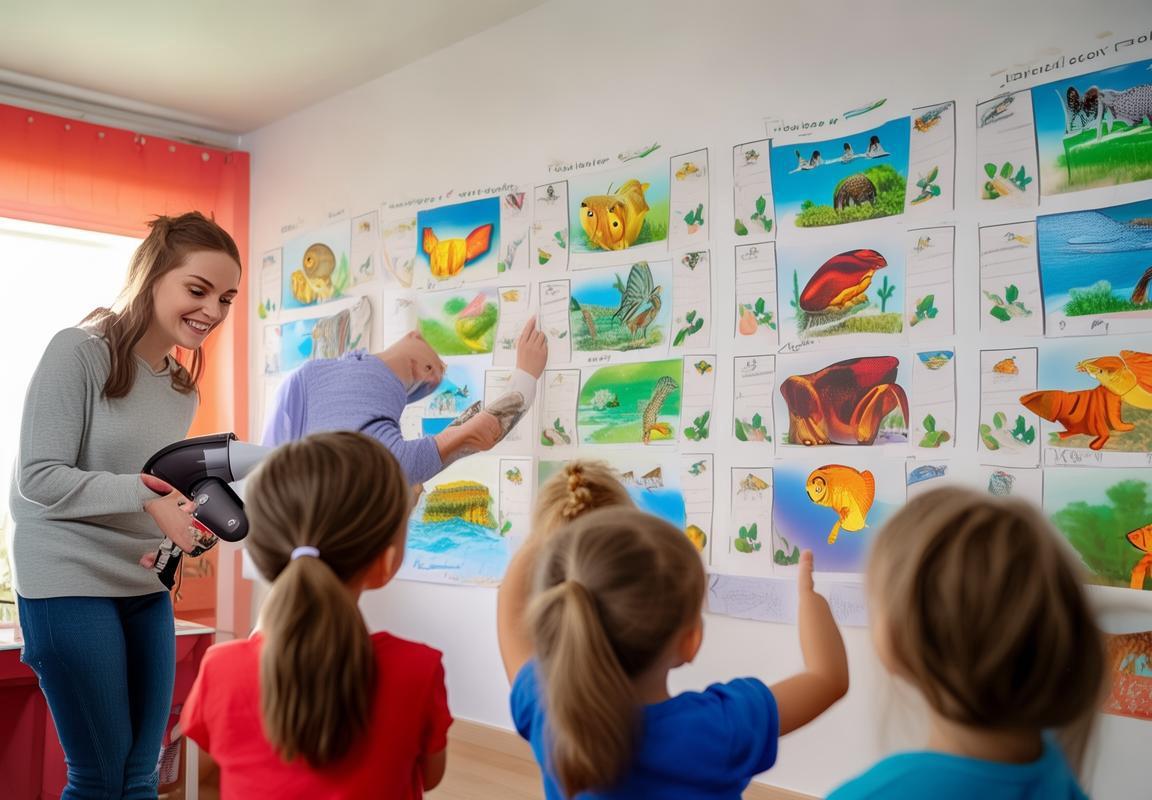
Giải thích từ vựng
-
“Look, here is a ‘cat’ (mèo). A cat is a small, furry animal with whiskers and a tail. Cats like to purr and play with yarn.”
-
“What about this ‘dog’ (chó)? Dogs are big, friendly animals with wagging tails. They love to bark and run around.”
-
“This is a ‘bird’ (chim). Birds have feathers and wings. They can fly high in the sky and sing beautiful songs.”
-
“Can you see the ‘fish’ (cá) swimming in the water? Fish have gills and live in the ocean, rivers, and lakes.”
-
“And here is a ‘turtle’ (rùa). Turtles have a hard shell and they can live in the water and on land.”
-
“Look at this ‘elephant’ (cá voi). Elephants are very big and have long trunks. They use their trunks to drink water and pick up things.”
-
“This is a ‘lion’ (cọp). Lions are the king of the jungle. They have a mane and live in groups called prides.”
-
“Can you find the ‘Monkey’ (khỉ) swinging from tree to tree? Monkeys are clever and love to eat bananas.”
-
“And here’s a ‘deer’ (nai). Deer are graceful animals with long legs. They live in forests and fields.”
-
“What about this ‘butterfly’ (bướm)? Butterflies have beautiful wings and they can fly from flower to flower.”
Hoạt động thực hành:
-
“Now, I’m going to ask you some questions about these animals. Can you tell me what sound a cat makes? (Meow)”
-
“What do birds like to eat? (Food, seeds, bugs)”
-
“How do elephants use their trunks? (To drink water, pick up things)”
-
“What color is the lion’s mane? (Golden, yellow)”
-
“Where do turtles live? (In the water, on land)”
-
“What is the most interesting thing about a butterfly? (Its beautiful wings)”
Kết luận:
-
“I hope you enjoyed learning about these animals. Remember, animals are important to our planet and we should take care of them.”
-
“If you see an animal in the wild, always stay far away and don’t disturb them. They need their space to live and grow.”
-
“Now, let’s play a game where you can find the animal that matches the sound I make. Let’s have fun!”
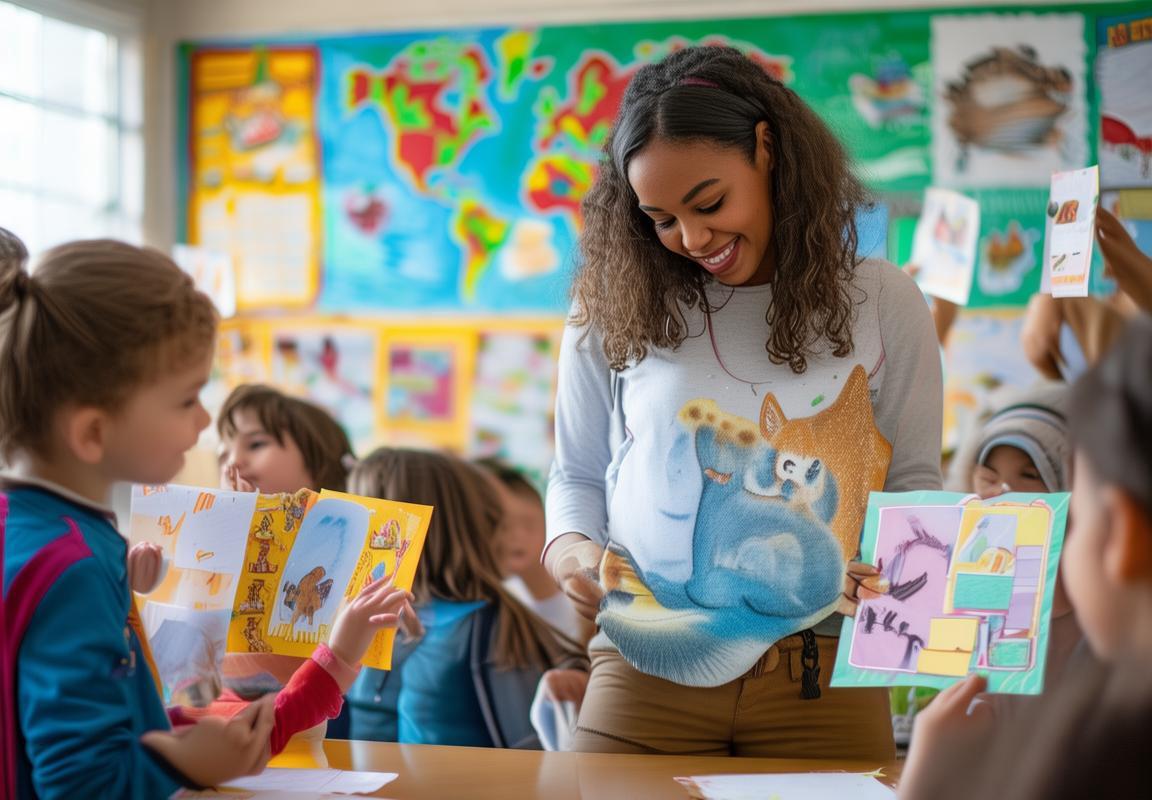
Tăng cường từ vựng
- “Look, there’s a ‘dog’ (chó) barking. Dogs are our friends and they love to play with us.”
- “What about this ‘cat’ (mèo)? Cats are very independent and they often sleep on the sofa.”
- “Do you see the ‘bird’ (chim) flying in the sky? Birds can fly very high and they make beautiful songs.”
- “This is a ‘fish’ (cá) swimming in the water. Fish live in rivers and oceans and they breathe through their gills.”
- “There’s a ‘snake’ (rắn) slithering on the ground. Snakes are reptiles and they can move very fast.”
- “This ‘turtle’ (rùa) is slowly crawling. Turtles live in water and on land and they can live a very long time.”
- “Look at the ‘elephant’ ( voi). Elephants are the largest land animals and they have big ears and long trunks.”
- “This ‘giraffe’ (ngựa vằn) has a very long neck. Giraffes are found in Africa and they eat leaves from the trees.”
- “There’s a ‘lion’ (sư tử) roaring. Lions are the kings of the jungle and they live in groups called prides.”
- “This ‘zebra’ (ngựa vằn) has stripes. Zebras are found in Africa and they are fast runners.”
Hoạt động thực hành:
- “Now, let’s practice using these words. I’ll say a word and you try to find the animal in the picture.”
- “For example, I say ‘dog’, can you find the dog in the picture? Great job!”
- “Now, let’s try some more. I’ll say ‘cat’, ‘bird’, ‘fish’, and ‘snake’. Can you find them all?”
Kết thúc trò chơi:
- “We’ve had so much fun learning about these animals. Remember, they are all part of our wonderful world.”
- “Let’s keep learning and exploring more about the animals around us.”
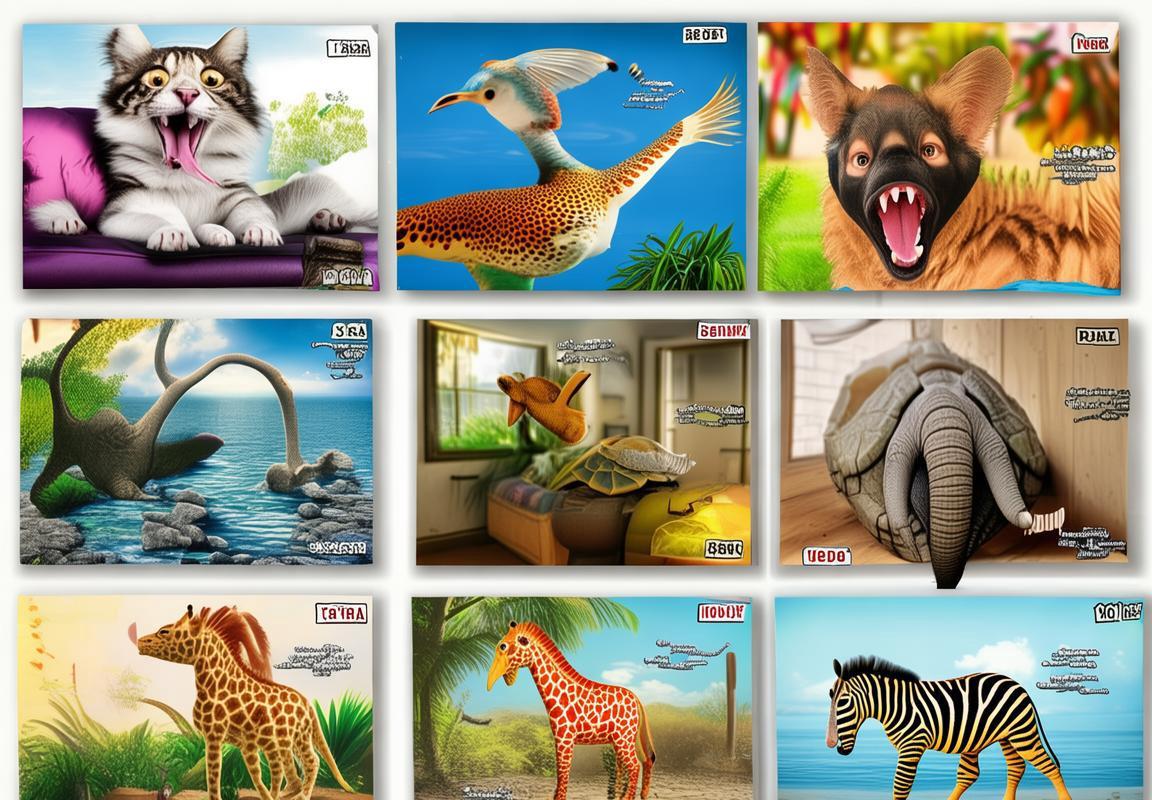
Kết thúc trò chơi
-
“Alright, everyone, we’ve had a great time playing this game! Remember, learning new words is fun and exciting, especially when we can use them to talk about the things we love. Let’s give ourselves a big clap for a job well done!”
-
“Now, I’d like to ask each of you to share one new word you’ve learned today. You can tell us what it means and why it’s important to know.”
-
“And for those who haven’t had a chance to share, don’t worry! You can always practice at home or with your family and friends.”
-
“Thank you all for playing, and I hope you’ve enjoyed learning about the animals and their sounds. Keep exploring and learning, and who knows what new adventures you’ll discover tomorrow!”
-
“Remember, every time you hear a sound from an animal, try to think of the word we learned and say it out loud. It’s a great way to practice your English and connect with the world around us.”
-
“Alright, that’s all for today’s game. Have a wonderful day, and we’ll see you next time for more fun and learning!”
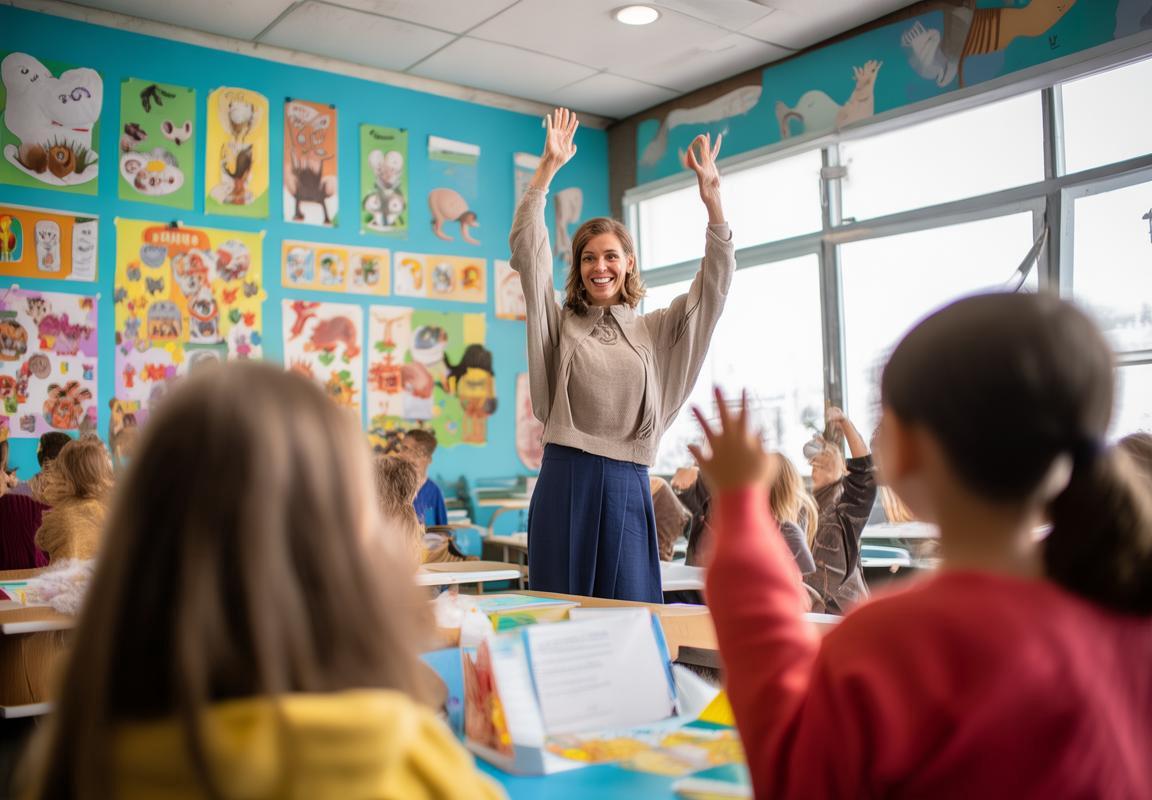
tree (cây
Tạo hội thoại về việc đi trường bằng tiếng Anh cho trẻ em 6-7 tuổi
Hội thoại:
Người giáo viên: “Good morning, class! How was your weekend?”
Học sinh 1: “Good morning, Teacher! My weekend was great! I played with my dog and we went to the park.”
Người giáo viên: “That sounds fun! So, what time did you wake up this morning?”
Học sinh 2: “I woke up at 7:00 AM.”
Người giáo viên: “Good! That’s a great time to start the day. What did you have for breakfast?”
Học sinh 3: “I had cereal and milk.”
Người giáo viên: “Yummy! What time did you leave your house to come to school?”
Học sinh 4: “We left at 7:30 AM.”
Người giáo viên: “Perfect! That gives you enough time to get ready. What did you do in the morning before school?”
Học sinh 5: “I read a book and played with my toys.”
Người giáo viên: “That’s a great way to start your day. Now, let’s talk about your school day. What time do you arrive at school?”
Học sinh 6: “I arrive at school at 8:00 AM.”
Người giáo viên: “Great! And what do you do when you get to school?”
Học sinh 7: “I say ‘hello’ to my friends and put my backpack in my locker.”
Người giáo viên: “That’s a good routine. Now, what time do you have your first class?”
Học sinh 8: “My first class is at 8:30 AM.”
Người giáo viên: “And what subject is it?”
Học sinh 9: “It’s English class!”
Người giáo viên: “I’m glad to hear that! Now, what time do you have lunch?”
Học sinh 10: “Lunch is at 12:00 PM.”
Người giáo viên: “And after lunch?”
Học sinh 11: “We have recess and play with our friends.”
Người giáo viên: “That’s a good break. What time is your next class?”
Học sinh 12: “My next class is at 1:00 PM.”
Người giáo viên: “And what subject is it?”
Học sinh 13: “It’s math class!”
Người giáo viên: “Math is fun! What time do you have your last class of the day?”
Học sinh 14: “My last class is at 2:00 PM.”
Người giáo viên: “And what subject is it?”
Học sinh 15: “It’s science class!”
Người giáo viên: “Science is fascinating! What time do you leave school?”
Học sinh 16: “We leave school at 3:00 PM.”
Người giáo viên: “And what do you do after school?”
Học sinh 17: “I go home, do my homework, and play with my family.”
Người giáo viên: “That sounds like a perfect day! Good job, everyone!”
Học sinh: “Thank you, Teacher!”
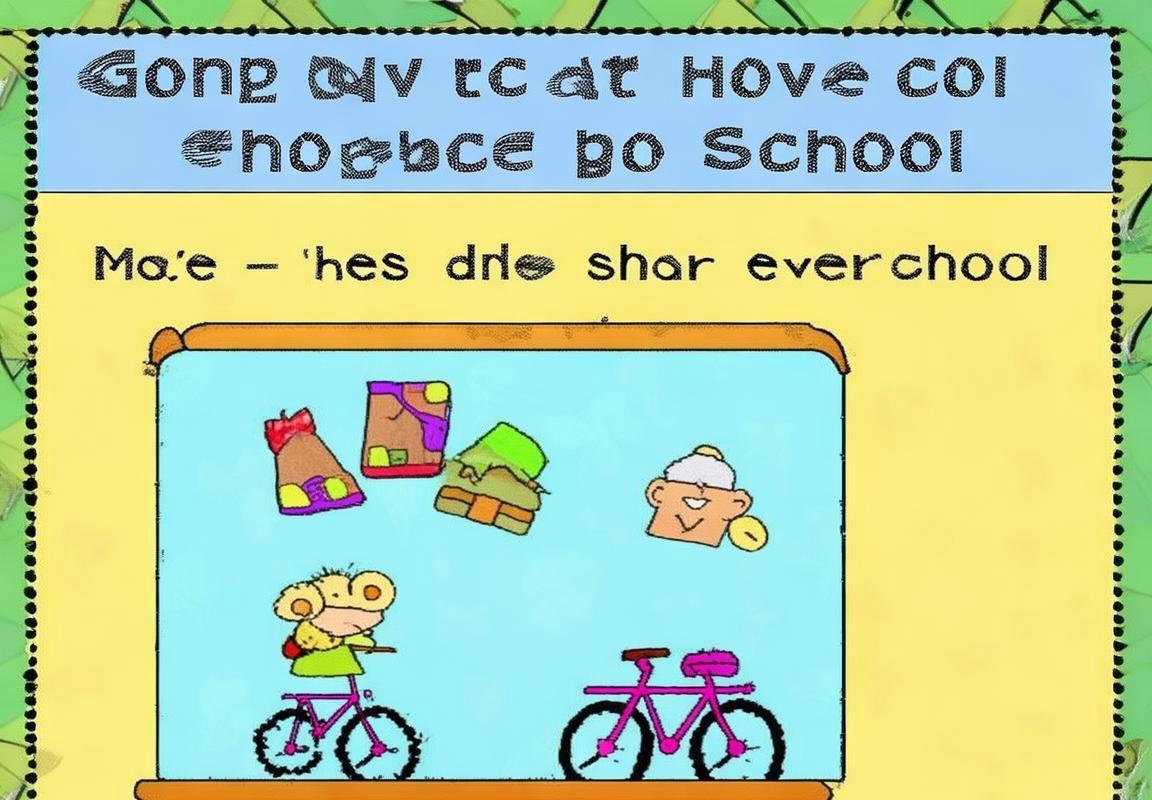
river (sông
River (sông) là một dòng nước chảy tự nhiên, có thể dài hàng trăm hoặc hàng nghìn kilômét. Hãy tưởng tượng rằng chúng ta đang đi dạo gần một sông nhỏ trong công viên và có thể gặp nhiều điều thú vị về nó.
Hội thoại:
Teacher: “Hey kids, today we’re going to talk about a river. Do you know what a river is?”
Child 1: “A river is water that flows.”
Teacher: “Exactly! A river is a place where water flows from one place to another. It’s like a big stream of water that goes through many places.”
Child 2: “Does a river have fish in it?”
Teacher: “Yes, that’s right! Many rivers have fish swimming in them. The fish live in the water and the river is their home.”
Child 3: “What about plants? Are there plants in a river?”
Teacher: “Absolutely! There are many plants in a river. Some plants grow on the banks of the river, and some float on the water. These plants are important for the river because they help clean the water.”
Child 4: “Do rivers have different names?”
Teacher: “Yes, rivers can have different names depending on where they are. For example, the longest river in the world is the Nile River in Egypt. Another famous river is the Amazon River in South America.”
Child 5: “What do rivers do for us?”
Teacher: “Rivers are very important for us. They provide us with fresh water to drink, water for our gardens, and water for farming. They also provide homes for many animals and plants.”
Child 6: “Can we go and see a river?”
Teacher: “That sounds like a great idea! Let’s go to the park and look for a river. We can see the water flowing and maybe even see some fish and plants.”
Child 7: “Will the river be big?”
Teacher: “Rivers can be big or small. Some rivers are very wide and deep, and others are just a small stream. It all depends on where the river is and how much water it has.”
Child 8: “I like rivers!”
Teacher: “That’s wonderful to hear! Rivers are a part of our world that we should all appreciate and protect.”
Child 9: “How can we protect the river?”
Teacher: “We can protect the river by not throwing trash in it, by keeping the banks clean, and by not polluting the water. We can also help by teaching others about the importance of rivers.”
Child 10: “Thank you, Teacher!”
Teacher: “You’re welcome, kids! Remember, every little action counts when it comes to protecting our environment.”
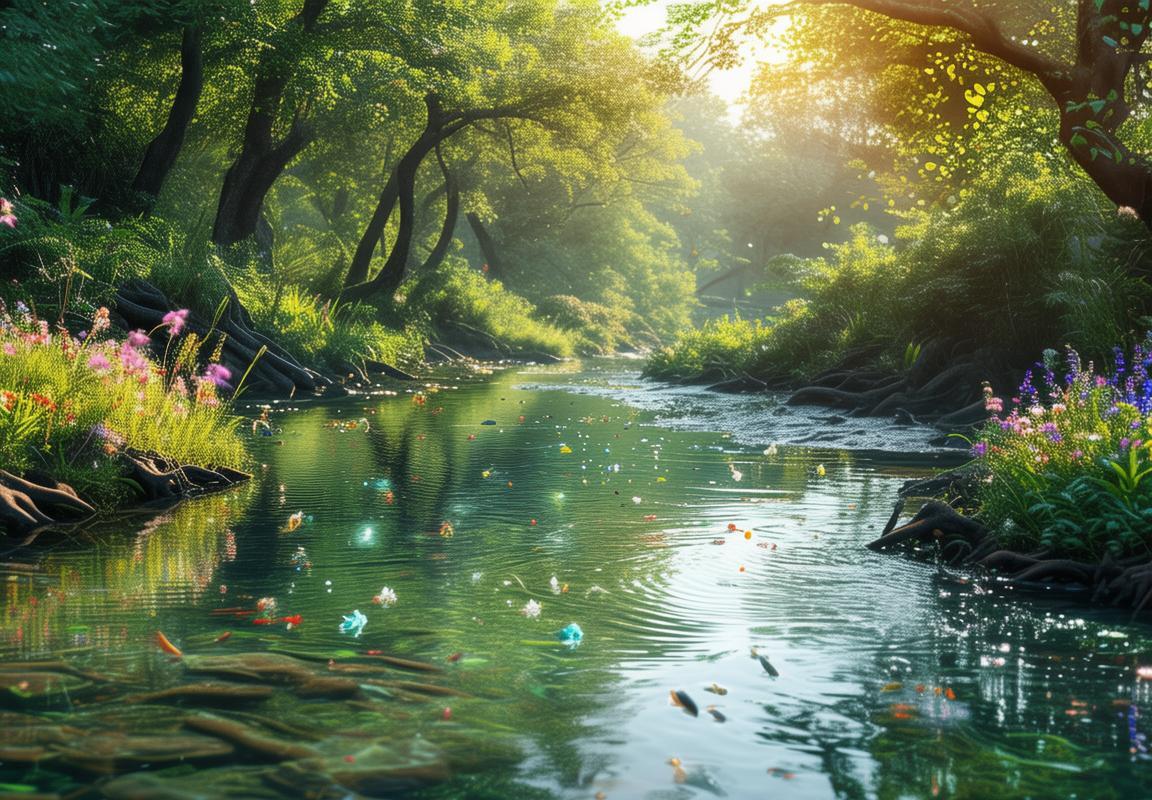
ocean (biển
Tạo một trò chơi đoán từ tiếng Anh cho trẻ em, sử dụng hình ảnh động vật nước làm trợ giúp
Mục tiêu: Giúp trẻ em học từ vựng tiếng Anh liên quan đến động vật nước và tăng cường khả năng nhận diện hình ảnh.
Hình ảnh: Sử dụng hình ảnh của các loài động vật nước như cá, voi nước, và chim lông cụt.
Cách chơi:
- Trình bày trò chơi:
- “Chúng ta sẽ chơi một trò chơi rất thú vị để học từ vựng tiếng Anh về động vật nước. Các bạn hãy nhìn vào hình ảnh và đoán xem chúng là gì.”
- Bắt đầu trò chơi:
- “Đầu tiên, tôi sẽ hiển thị một hình ảnh và các bạn hãy nói ra từ tiếng Anh mà bạn nghĩ nó là gì. Ví dụ: Nếu tôi hiển thị hình ảnh của một con cá, các bạn hãy nói ‘fish’.”
- Đọc từ và kiểm tra:
- “Đúng rồi! Đó là một con ‘fish’. Bây giờ, tôi sẽ hiển thị hình ảnh của một con voi nước. Các bạn hãy đoán xem nó là gì.”
- Giải thích từ vựng:
- Sau khi trẻ em đoán đúng, bạn có thể giải thích thêm về từ đó. Ví dụ: “A ‘dolphin’ is a smart and playful animal that lives in the ocean.”
- Tăng cường từ vựng:
- Bạn có thể hỏi trẻ em về từ vừa học để họ sử dụng nó trong câu. Ví dụ: “What do dolphins like to eat?”
- Kết thúc trò chơi:
- Sau khi hoàn thành danh sách từ, bạn có thể hỏi trẻ em nếu họ đã nhớ được tất cả các từ và khuyến khích họ sử dụng chúng trong cuộc sống hàng ngày.
Danh sách từ vựng:
- fish (cá)
- dolphin (voi nước)
- turtle (rùa)
- crocodile (cá sấu)
- whale (khủng long nước)
- octopus (octopus)
- shrimp (tôm hùm)
- starfish (tu hài)
- sea lion (cừu biển)
- shark (cá mập)
Hoạt động thực hành:– Bạn có thể yêu cầu trẻ em vẽ một bức tranh về một khu vực nước và thêm vào các loài động vật mà họ đã học trong trò chơi.
Kết luận:– Trò chơi này không chỉ giúp trẻ em học từ vựng tiếng Anh mà còn tăng cường khả năng nhận diện hình ảnh và hiểu biết về các loài động vật nước.
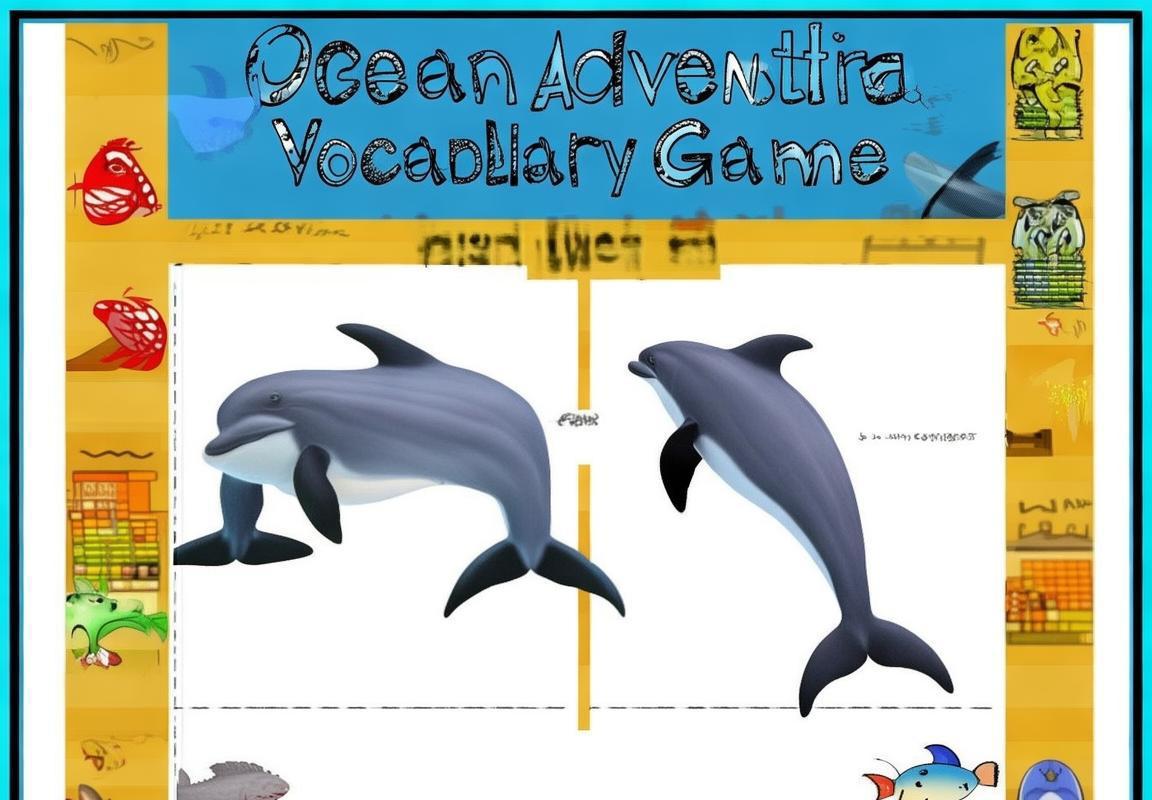
mountain (núi
In the heart of the forest, there’s a majestic mountain that reaches high into the sky. Its slopes are covered with lush green trees and colorful flowers. The mountain is home to many animals, including deer, rabbits, and even birds with bright feathers.
One sunny morning, a young girl named Lily decides to go on an adventure to explore the mountain. She wears her favorite red cap and carries a small backpack. As she walks, she spots a white deer grazing peacefully near the path.
“Look, a deer!” Lily exclaims.
The deer looks up and nods its head gently. “Hello, Lily. I am Max. Welcome to my mountain.”
Lily smiles and replies, “Hi Max! I’m so happy to meet you. What is your favorite part of the mountain?”
Max thinks for a moment. “I love the clear streams that run through the forest. They are so refreshing and cool.”
Lily nods in agreement. “That’s wonderful! I also love the mountains because they are so tall and beautiful.”
As they continue their journey, they come across a group of rabbits hopping around. One of the rabbits, named Ruby, approaches Lily and Max.
“Hello, I’m Ruby. I live here with my friends. What brings you to the mountain?”
Lily explains, “I came to explore and learn about the mountain. Do you have any fun games we can play?”
Ruby smiles and suggests, “How about a race to the top of the mountain? The first one to reach the peak gets a special treat!”
Lily and Max agree, and they start the race. The animals cheer them on as they run up the steep slope. After a few minutes, they reach the top, breathless but excited.
“Congratulations, Lily and Max! You made it to the top!” Ruby says, handing them each a small, delicious apple.
Lily and Max thank Ruby and enjoy their treat while they take in the breathtaking view of the forest below. They realize that the mountain is a magical place full of adventures and friends.
As the sun begins to set, Lily and Max say goodbye to Max, Ruby, and the other animals. They head back down the mountain, their hearts full of joy and memories.
That night, Lily writes a story about her adventure and shares it with her family. She promises to return to the mountain again soon, ready for more adventures and new friends.
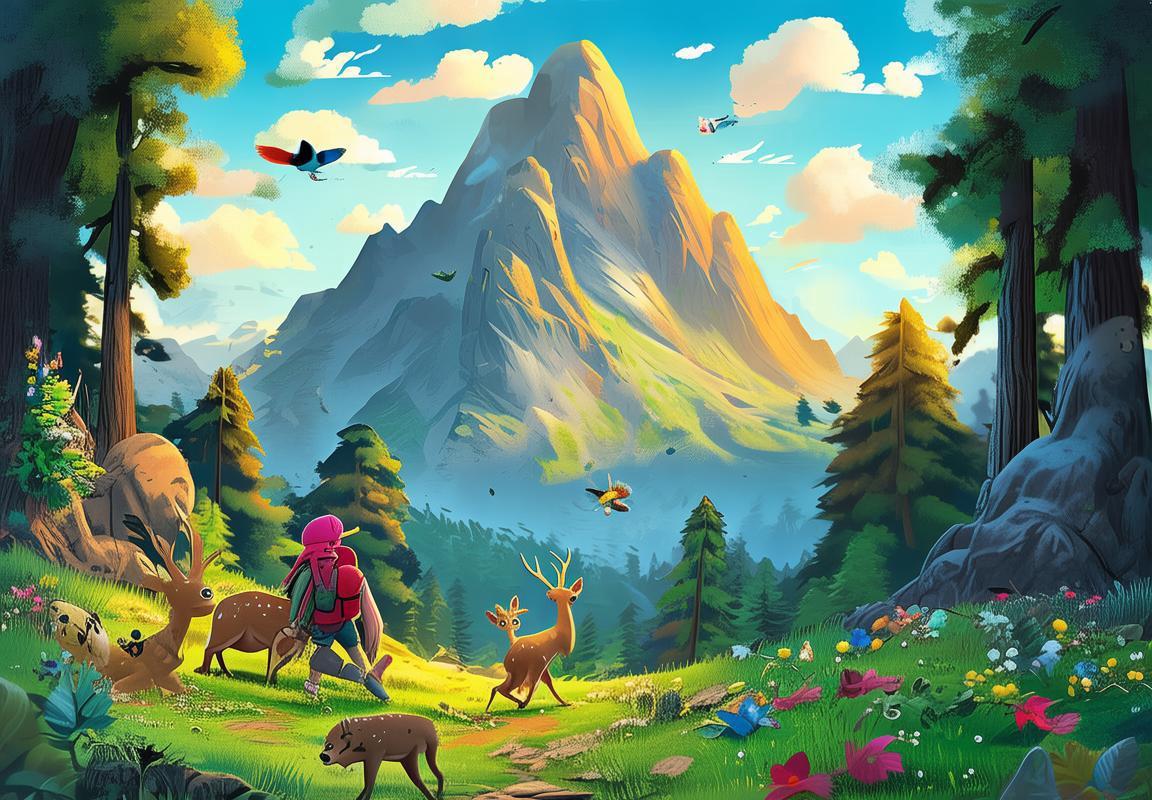
lake (ao
Tạo hội thoại về việc đi trường bằng tiếng Anh cho trẻ em 6-7 tuổi
Câu 1:– Teacher: “Good morning, class! Are you ready for a new day at school?”- Student 1: “Yes, Miss! I’m excited to learn new things today!”
Câu 2:– Teacher: “That’s great! What did you do last night before going to bed?”- Student 2: “I read a storybook about animals. It was very interesting!”
Câu 3:– Teacher: “That’s wonderful! Reading is a great way to learn. So, who can tell me what time it is now?”- Student 3: “It’s 7:00 AM, Miss. Time to wake up!”
Câu 4:– Teacher: “Exactly! And remember, we have breakfast at 7:30 AM. Let’s go to the cafeteria together.”- Student 4: “Okay! I’m hungry for breakfast. Do we have pancakes today?”
Câu 5:– Teacher: “Yes, we do! And after breakfast, we will have English class. Who wants to tell us what they learned about colors yesterday?”- Student 5: “I learned that red is the color of an apple and blue is the color of the sky.”
Câu 6:– Teacher: “That’s correct! Very good, Student 5. Keep up the good work. Now, let’s go to the classroom and start our English lesson.”
Câu 7:– Teacher: “Remember, we have recess at 10:00 AM. You can play outside and have a little break.”- Student 6: “I can’t wait to play tag with my friends!”
Câu 8:– Teacher: “That sounds fun! And after recess, we will have math class. Who can tell me what 2 + 2 is?”- Student 7: “Two plus two is four, Miss!”
Câu 9:– Teacher: “Exactly! Very good, Student 7. Now, let’s go to the library and choose a book to read during lunchtime.”- Student 8: “I want to read a book about space. It’s so interesting!”
Câu 10:– Teacher: “That’s a great choice, Student 8. Enjoy your book and have a nice lunch. We will have science class after lunch.”
Câu 11:– Teacher: “Remember, we have lunch at 12:00 PM. Don’t forget to eat your vegetables and fruits.”- Student 9: “Okay, Miss. I will eat all my vegetables and fruits.”
Câu 12:– Teacher: “That’s the spirit! And after lunch, we will have science class. Who can tell me what plants need to grow?”- Student 10: “Plants need water, sunlight, and soil to grow, Miss.”
Câu 13:– Teacher: “That’s right! Very good, Student 10. Now, let’s go to the science lab and learn more about plants.”
Câu 14:– Teacher: “Remember, we have school dismissal at 3:00 PM. Make sure you have your backpack and homework ready.”- Student 11: “I will check my backpack now, Miss. I don’t want to forget anything.”
Câu 15:– Teacher: “That’s a good idea, Student 11. Have a great day at school and see you tomorrow!”
Câu 16:– Students: “Goodbye, Miss! Goodbye, everyone!”
Kết thúc hội thoại

cloud (mây
Please provide the specific content or prompt for the Vietnamese language description you would like, and I will be happy to create the content for you.

wind (gió
Giải thích từ vựng:Gió là một luồng không khí di chuyển từ nơi có áp suất cao đến nơi có áp suất thấp. Nó có thể làm cây cối đung đưa, làm chim bay và thổi bay lá cây. Gió cũng có thể làm cho mây trôi và tạo ra những cơn mưa.
Hoạt động thực hành:– Bài tập cảm nhận: Hướng dẫn trẻ em cảm nhận gió bằng cách đặt tay trước mặt và cảm nhận khi gió thổi qua.- Bài tập vẽ tranh: Yêu cầu trẻ em vẽ một bức tranh về gió, trong đó có thể có những cơn mưa, những cành cây đung đưa và những đám mây di chuyển.- Bài tập câu hỏi: Hỏi trẻ em về gió: “What does the wind do?” (Gió làm gì?) và “What can you see when the wind is blowing?” (Khi gió thổi, bạn thấy gì?)
Kết thúc bài tập:– “Vậy các bạn đã hiểu về từ ‘wind’ (gió) và cách nó hoạt động chưa? Gió rất thú vị phải không? Hãy nhớ rằng gió có thể làm nhiều điều khác nhau và giúp chúng ta cảm nhận được sự sống xung quanh.”
Tăng cường từ vựng:– Windmill (điện gió): Một turbine gió sử dụng gió để tạo ra điện.- Blow (thổi): Thổi gió qua một vật gì đó.- Sail (cánh buồm): Một phần của một con thuyền giúp nó di chuyển theo gió.- Breeze (cơn gió nhẹ): Một cơn gió nhẹ nhàng.
Hoạt động tiếp theo:– Bài tập nối từ và hình ảnh: Nối các từ với hình ảnh phù hợp như windmill, blow, sail và breeze.- Bài tập câu chuyện: Tạo một câu chuyện ngắn về một con thuyền di chuyển theo gió và các hành động liên quan đến gió.
Kết luận:– Trẻ em sẽ không chỉ học được từ vựng tiếng Anh mà còn hiểu rõ hơn về cách gió hoạt động trong tự nhiên và các ứng dụng của nó trong cuộc sống hàng ngày.

sun (mặt trời
Hội thoại:
Emily: Good morning, kids! Are you ready for a new day at school?
Children: Yes, Emily!
Emily: That’s great! Let’s talk about how we go to school. Do you walk to school?
Child 1: Yes, I walk with my mom.
Emily: That’s wonderful! Some of us take the bus. What do you think, kids? Should we take the bus or walk?
Child 2: I like to take the bus because it’s fun!
Emily: Yes, it is fun! But remember, we always need to be safe. Who can tell me how we stay safe when we are on the bus?
Child 3: We hold on to the straps and listen to the teacher.
Emily: Excellent! And when we get to school, what do we do?
Child 4: We go to class and learn.
Emily: Exactly! We learn new things every day. Now, let’s practice saying our school routine. “I go to school by the bus. I arrive at school safely. I go to class. I learn.”
Children: I go to school by the bus. I arrive at school safely. I go to class. I learn.
Emily: Very good! Now, who can tell me what we do after school?
Child 5: We play outside.
Emily: Yes, we play outside and have fun. But remember to listen to your teachers and be polite to others. Now, let’s say it together. “I play outside after school. I have fun with my friends.”
Children: I play outside after school. I have fun with my friends.
Emily: Excellent! Now, let’s take a deep breath and say, “I have a great day at school. I learn and play. I am happy.”
Children: I have a great day at school. I learn and play. I am happy.
Emily: That’s it! Now, you are ready to have a fantastic day at school. Remember to be kind, learn, and have fun. Goodbye, kids!
Children: Goodbye, Emily! See you tomorrow!

rain (mưa
Please provide the specific content you would like me to translate into Vietnamese, as the instructions you’ve given are a series of requests for various types of content and not a single piece of text to translate. Once you provide the specific text, I will be able to translate it into Vietnamese as per your request.

snow (băng giá
Câu chuyện:
Ngày xửa ngày xưa, trong một ngôi làng nhỏ, có một chú chó tên là Max. Max rất thông minh và yêu quý mọi người trong làng. Một ngày nọ, Max quyết định học tiếng Anh để có thể giúp chủ nhân của mình giao tiếp với bạn bè và người thân từ nước ngoài.
Max bắt đầu học từ những từ đơn giản như “hello”, “thank you”, và “goodbye”. Mỗi ngày, chú chó đều dành thời gian học tập và lặp lại những từ mới mà nó đã học được. Max rất chăm chỉ và nhanh chóng nắm bắt được ngôn ngữ mới.
Một ngày nọ, một người bạn từ nước ngoài đến thăm ngôi làng. Max ngay lập tức chạy đến đón tiếp và sử dụng tiếng Anh để chào hỏi anh ấy. Người bạn rất và nói: “Wow, Max thực sự đã học tiếng Anh rất tốt!”
Max tiếp tục học thêm và bắt đầu giúp chủ nhân của mình với những việc như dịch thuật khi có khách nước ngoài đến thăm. Một lần, chủ nhân của Max cần mua một số hàng hóa từ. Max đã giúp chủ nhân mình dịch thuật và mua được những gì cần thiết.
Một ngày khác, Max gặp một người lớn tuổi từ nước ngoài không biết tiếng Anh. Max ngay lập tức bước lên và bắt đầu nói: “Hello, how are you? I can help you with your translation.” Người lớn tuổi rất vui mừng và cảm ơn Max vì đã giúp đỡ.
Max không chỉ giúp đỡ mọi người trong làng mà còn trở thành một biểu tượng của tình yêu và sự chăm chỉ. Mỗi khi người dân trong làng thấy Max, họ đều mỉm cười và biết rằng Max luôn sẵn sàng giúp đỡ.
Cuối cùng, Max đã trở thành một chú chó học tiếng Anh xuất sắc và đã giúp nhiều người trong làng giao tiếp tốt hơn với bạn bè và người thân từ nước ngoài. Max không chỉ học được một ngôn ngữ mới mà còn học được cách yêu thương và giúp đỡ người khác.
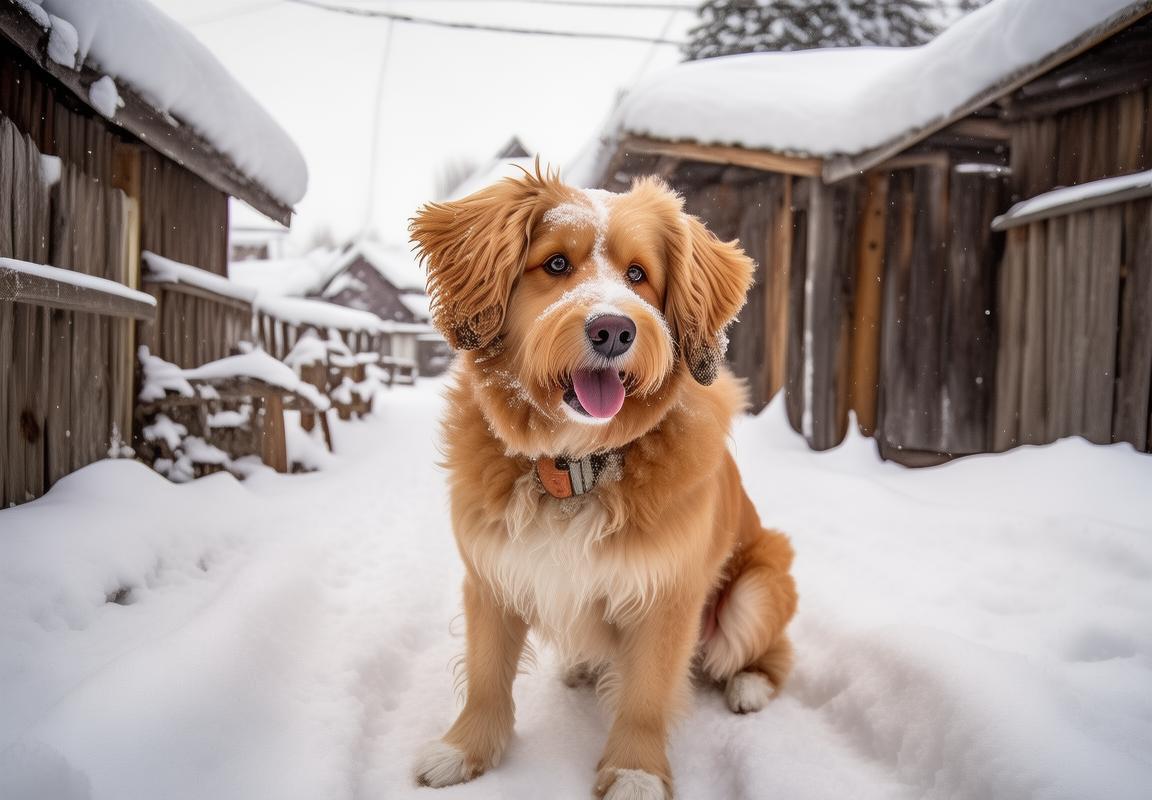
animal (động vật
Tạo hội thoại về việc đi bệnh viện bằng tiếng Anh cho trẻ em
A: Good morning, kids! Today, we are going to talk about a fun story about a trip to the hospital. Are you ready? Let’s go!
B: Yes, I’m ready!
A: So, there was a little boy named Timmy who wanted to go on an adventure. One day, he felt a little sick, and his mom took him to the hospital.
B: Why did Timmy feel sick?
A: Timmy felt sick because he ate too much candy and didn’t drink enough water. Remember, eating healthy and staying hydrated is important!
B: Oh no, that’s sad.
A: Yes, it was. But don’t worry, the doctors and nurses at the hospital were very nice to Timmy.
B: What did the doctors do?
A: The doctors checked Timmy’s temperature, listened to his heart, and asked him some questions to find out what was wrong.
B: Did Timmy have to take medicine?
A: Yes, the doctor gave Timmy some medicine to help him feel better. Timmy was very brave!
B: Was Timmy happy at the hospital?
A: At first, Timmy was a little scared, but then he made some new friends. He played games with the other kids and watched TV.
B: That sounds fun!
A: It was! Timmy even got to ride in a wheelchair for a little while. He thought that was very cool.
B: Did Timmy get better?
A: Yes, after a few hours, Timmy started to feel better. His mom was so happy to see him smile again.
B: What did Timmy learn from this trip?
A: Timmy learned that hospitals are not scary places. He also learned the importance of taking care of himself by eating healthy and staying hydrated.
B: That’s a good lesson, Timmy!
A: And that’s the end of our story. Remember, if you ever feel sick, don’t be afraid to go to the hospital. The doctors and nurses are there to help you feel better.
B: Thank you for the story, I feel better now!
A: You’re welcome, kids. Remember to take care of yourselves and stay healthy!
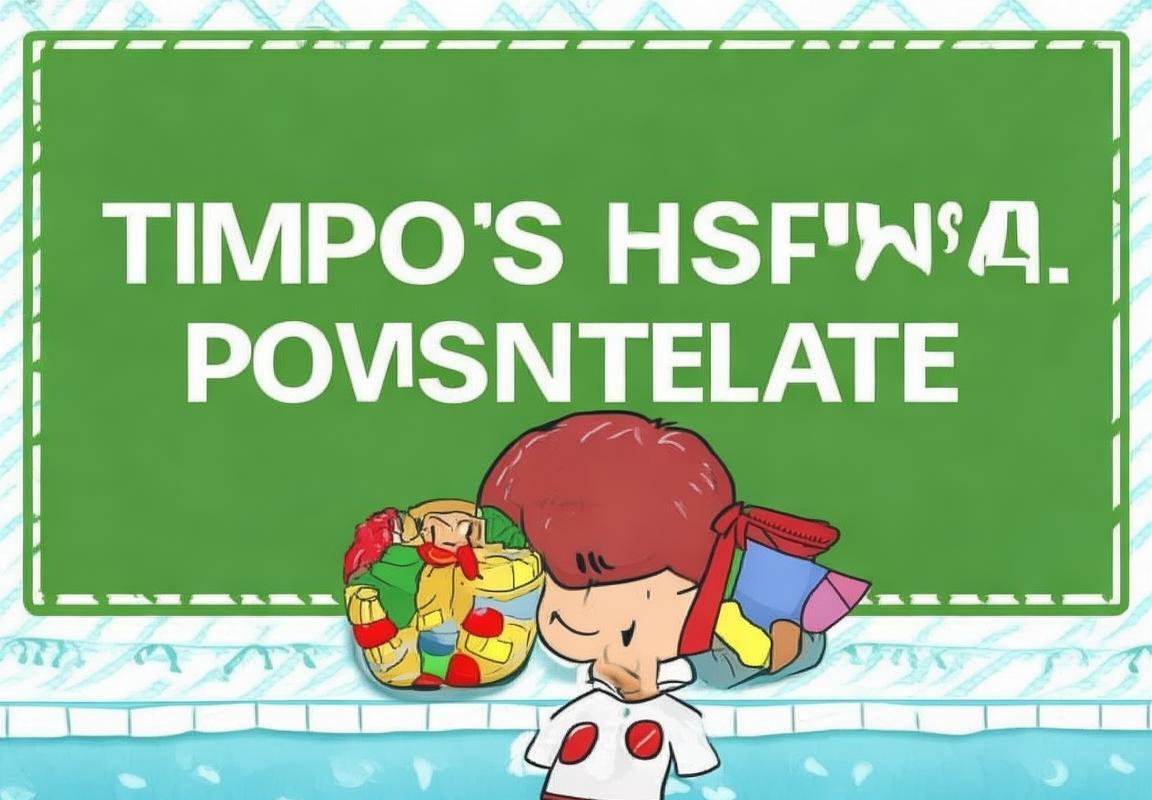
bird (chim
- fish (cá)
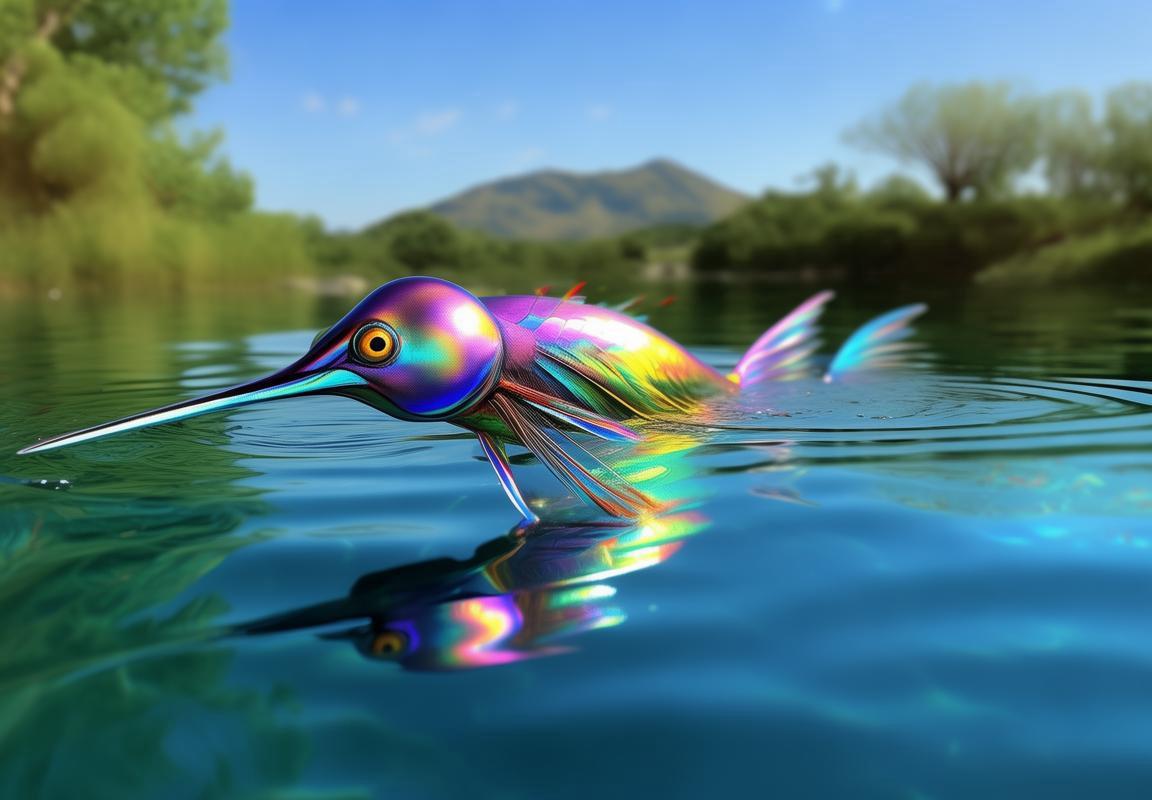
fish (cá
Câu chuyện:
Chú chó tên Lily
Một ngày nọ, trong một ngôi làng nhỏ, có một chú chó tên Lily. Lily rất thông minh và thân thiện, nhưng có một điều đặc biệt là cô không thể nói tiếng người. Mặc dù vậy, Lily luôn cố gắng để giúp mọi người xung quanh.
Một ngày nọ, một người bạn mới đến ngôi làng, tên là Mr. Johnson. Mr. Johnson là một người lớn tuổi và rất yếu. Ông thường xuyên cần giúp đỡ để làm những công việc hàng ngày.
Một buổi sáng nọ, khi Mr. Johnson đang ngồi dưới gốc cây, Lily đến gần và bắt đầu lắng nghe những gì ông nói. Lily nhận ra rằng ông cần giúp đỡ trong việc đi chợ và mua thức ăn.
Lily quyết định học cách nói tiếng người để có thể giúp Mr. Johnson. Cô bắt đầu theo dõi những gì ông nói và lặp lại những từ khóa quan trọng. Sau nhiều ngày nỗ lực, Lily đã học được một số từ đơn giản như “shopping”, “food”, và “store”.
Một ngày nọ, khi Mr. Johnson cần đi chợ, Lily theo ông. Cô đã nhớ lại những từ mà cô đã học và bắt đầu nói: “Mr. Johnson, we need to go shopping for food. Can you take me to the store?”
Mr. Johnson rất bất ngờ nhưng rất vui mừng. “Of course, Lily! You can come with me. But how will you know where to go?”
Lily cười và nói: “I will follow you and listen carefully.”
Khi đến cửa hàng, Lily đã nhớ lại những từ cô đã học và bắt đầu chỉ đường cho Mr. Johnson. “This is the store. Now, we need to find the food section.”
Mr. Johnson rất ấn tượng với khả năng của Lily và quyết định dạy cô thêm nhiều từ mới. Dần dần, Lily đã học được nhiều từ mới và có thể giúp Mr. Johnson trong nhiều việc khác nhau.
Một ngày nọ, khi Mr. Johnson cảm thấy yếu và không thể đi lại, Lily đã biết cách gọi xe cứu thương. Cô nói: “Mr. Johnson, I will call an ambulance. You need to rest now.”
Mr. Johnson rất cảm động và nói: “Lily, you are a wonderful dog. I am so lucky to have you as my friend.”
Lily cười và nói: “I am just a dog, but I want to help you as much as I can.”
Câu chuyện về chú chó Lily đã truyền đi một thông điệp đẹp về tình bạn và sự giúp đỡ. Mặc dù Lily không thể nói tiếng người, nhưng cô đã chứng minh rằng lòng tốt và sự quyết tâm có thể vượt qua mọi rào cản.

plant (cây
- “Look at this beautiful tree, it has so many green leaves. Plants are very important for our environment because they give us oxygen to breathe and they help the air stay clean.”
- “Do you know that plants need water, sunlight, and soil to grow? Without these, they cannot live. That’s why we need to take care of them.”
- “In the forest, there are so many different plants. Some are tall and others are short. Some have flowers, and some have fruits. Plants are like little artists that paint our world with different colors.”
- “Plants can also be our friends. We can plant flowers in our garden or take care of a little plant in a pot. It’s fun to watch them grow and change every day.”
- “Remember, every time you see a plant, say ‘thank you’ because they work hard to make our world a better place.”
- “Let’s make a little poem about plants: ‘Plants are green, plants are tall, they give us oxygen, they make us fall.’”
- “Now, let’s play a game. I will show you a picture of a plant, and you have to guess what it is. Ready? Here we go!”
- “I see a plant with red flowers. What do you think it is? A rose? Yes, you’re right! A rose is a beautiful plant with a sweet smell.”
- “Plants are not only beautiful, but they are also useful. For example, we can eat fruits from plants like apples, oranges, and bananas.”
- “In the end, let’s remember that plants are part of our life. They help us, and we should help them by keeping our environment clean and green.”

grass (cỏ
Giới thiệu từ:– “Chúng ta sẽ học từ mới này: grass (cỏ). Grass là những sợi nhỏ nhỏ, xanh mướt, và nó mọc trên đất.”
Hình ảnh hỗ trợ:– Trình bày hình ảnh của một khu vườn với nhiều sợi cỏ xanh mướt.
Hoạt động thực hành:1. Đọc từ và kiểm tra:– “Chúng ta có ai tìm thấy ‘grass’ (cỏ) trong hình ảnh không? Rất tốt!”- “Ai có thể nhắc lại từ này? Đúng rồi, ‘grass’!”
- Giải thích từ vựng:
- “Cỏ là những sợi nhỏ nhỏ, xanh mướt, và chúng mọc trên đất. Cỏ rất quan trọng vì nó cung cấp thức ăn cho nhiều loài động vật và làm cho môi trường đẹp hơn.”
- Tăng cường từ vựng:
- “Chúng ta có thể tìm thấy cỏ ở đâu? Đúng rồi, ở vườn, công viên, và trong rừng.”
- “Cỏ có nhiều màu gì? Đúng rồi, cỏ có thể là xanh, vàng, và nhiều màu khác.”
- Hoạt động tương tác:
- “Hãy đóng mắt và tưởng tượng rằng bạn đang đi dạo trong một khu vườn với nhiều sợi cỏ xanh mướt. Hãy mô tả cảm giác của bạn.”
- Hoạt động sáng tạo:
- “Hãy vẽ một bức tranh về một khu vườn với nhiều sợi cỏ và các loài động vật đang ăn cỏ.”
Kết thúc bài học:– “Hôm nay chúng ta đã học từ mới: ‘grass’ (cỏ). Cỏ rất quan trọng và đẹp. Hãy nhớ rằng cỏ mọc trên đất và có nhiều màu sắc khác nhau. Cảm ơn các bạn đã học cùng tôi!”
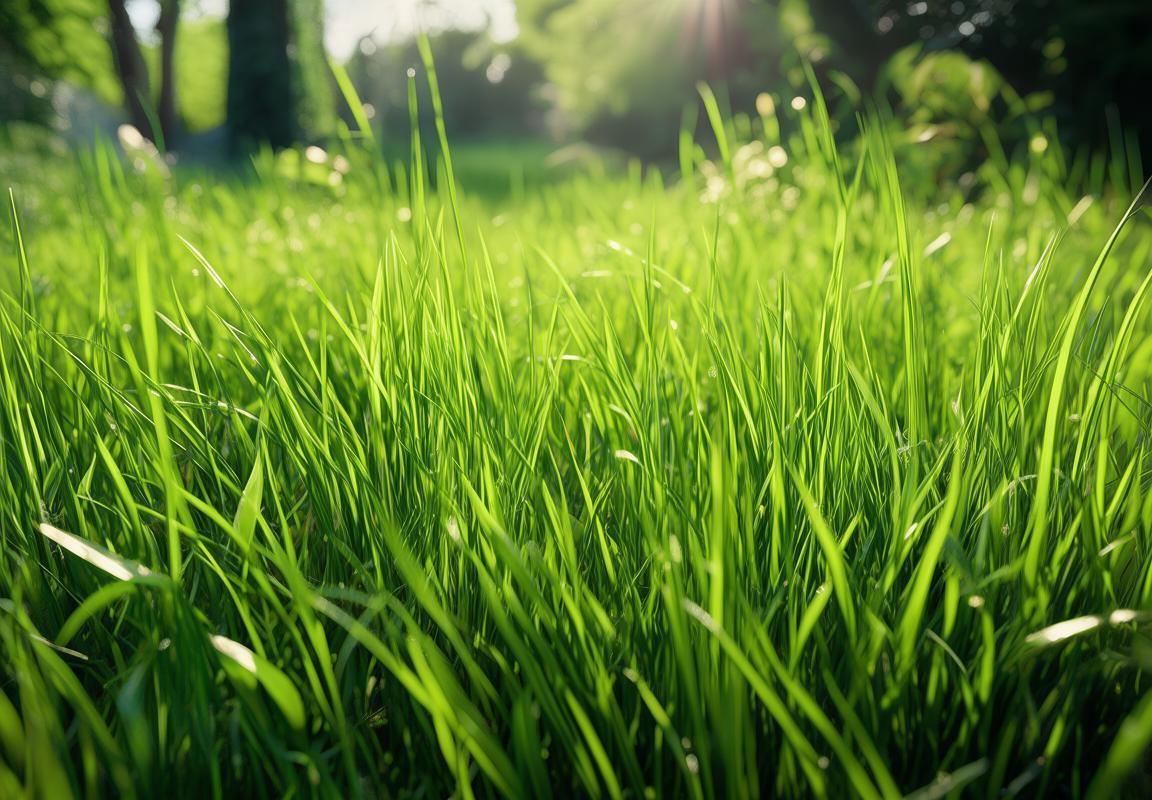
flower (hoa
Tạo nội dung học về các bộ phận của cơ thể bằng tiếng Anh kèm hoạt động thực hành
- Nội dung học:
- Bộ phận cơ thể: Head (đầu), eyes (mắt), ears ( tai), nose (mũi), mouth (miệng), hair (tóc), shoulders (cơ lưng), chest (ngực), arms (tay), legs (chân), feet (đầu gối), hands (tay), fingers (ngón tay), toes (ngón chân).
- Hoạt động thực hành:
-
Hoạt động 1: Đặt tên cho các bộ phận cơ thể
-
Hướng dẫn trẻ em điểm và gọi tên các bộ phận cơ thể trên cơ thể của mình hoặc trên hình ảnh của một người.
-
Ví dụ: “Point to your nose. What is this? It’s a nose.”
-
Hoạt động 2: Lặp lại và nhấn mạnh
-
Khuyến khích trẻ em lặp lại tên các bộ phận cơ thể và nhấn mạnh âm thanh của từng từ.
-
Ví dụ: “What’s this? Head! Head! What’s this? Eyes! Eyes!”
-
Hoạt động 3: Trò chơi nối từ
-
Sử dụng hình ảnh hoặc mô hình các bộ phận cơ thể để trẻ em nối từ với phần cơ thể tương ứng.
-
Ví dụ: Trẻ em nối “eye” với hình ảnh mắt.
-
Hoạt động 4: Trò chơi tìm từ ẩn
-
Hiding words related to body parts in a drawing or on a board, and asking children to find them.
-
Ví dụ: “Can you find the ‘arm’ in this picture?”
-
Hoạt động 5: Trò chơi đếm
-
Trẻ em đếm số lượng các bộ phận cơ thể trên hình ảnh hoặc mô hình.
-
Ví dụ: “How many eyes are there in this picture?”
- Cách thực hiện:
- Bước 1: Giới thiệu các bộ phận cơ thể bằng cách sử dụng hình ảnh hoặc mô hình.
- Bước 2: Lặp lại và nhấn mạnh tên các bộ phận cơ thể.
- Bước 3: Thực hiện các hoạt động thực hành đã mô tả.
- Bước 4: Kiểm tra và củng cố kiến thức thông qua các trò chơi và hoạt động.
- Mục tiêu:
- Giúp trẻ em nhận biết và gọi tên các bộ phận cơ thể bằng tiếng Anh.
- Tăng cường khả năng giao tiếp và nhận thức về cơ thể con người.
- Hướng dẫn cụ thể:
- Hình ảnh và mô hình: Sử dụng hình ảnh hoặc mô hình các bộ phận cơ thể để trẻ em dễ dàng nhận biết và nhớ.
- Trò chơi: Sử dụng các trò chơi interactive để trẻ em tham gia tích cực và học tập hiệu quả.
- Kiểm tra và củng cố: Thường xuyên kiểm tra và củng cố kiến thức của trẻ em để họ không quên.
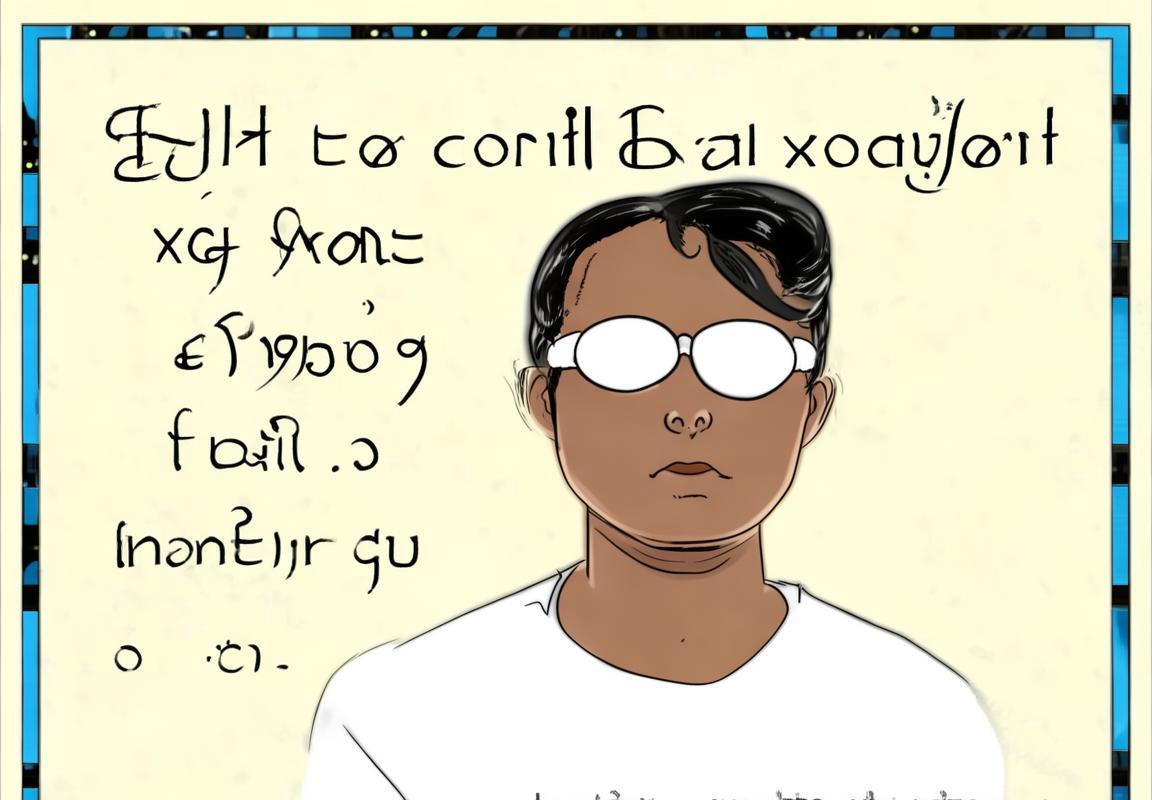
leaf (lá
Tạo một trò chơi đoán từ tiếng Anh cho trẻ em, sử dụng hình ảnh động vật nước làm trợ giúp
Cách chơi:
-
Chuẩn bị hình ảnh: Lấy các hình ảnh của các loài động vật nước như cá, rùa, và chim quái đà.
-
Giới thiệu trò chơi: “Chúng ta sẽ chơi một trò chơi rất thú vị! Tôi sẽ cho các bạn một hình ảnh và các bạn cần đoán tên của loài động vật đó bằng tiếng Anh.”
-
Bắt đầu trò chơi:
- “Dưới đây là một hình ảnh của một loài động vật nước. Các bạn hãy nhìn kỹ và đoán xem nó là gì?”
- Mở hình ảnh đầu tiên và chờ đợi phản hồi từ trẻ em.
- Giải thích và kiểm tra:
- “Đúng vậy, đó là một ‘turtle’ (rùa). Rùa sống trong ao và sông. Còn loài động vật này là gì?”
- Mở hình ảnh tiếp theo và tiếp tục quá trình.
- Tăng cường từ vựng:
- “Đúng vậy, đó là một ‘dolphin’ (cá heo). Cá heo rất thông minh và thường sống trong đại dương.”
- Giải thích thêm về đặc điểm của loài động vật đó để trẻ em hiểu rõ hơn.
- Kết thúc trò chơi:
- “Rất tốt! Các bạn đã làm rất tốt! Hãy tiếp tục đoán các hình ảnh khác để giành chiến thắng.”
- Mỗi khi một loài động vật được đoán đúng, bạn có thể khen ngợi trẻ em và khuyến khích họ tiếp tục chơi.
Danh sách từ vựng:
- fish (cá)
- turtle (rùa)
- dolphin (cá heo)
- shrimp (tôm)
- octopus (cua vằn)
- eel (cá rắn)
- crab (cua)
- seahorse (ngựa biển)
- whale (cá voi)
- shark (cá mập)
Hoạt động thực hành:– Bạn có thể yêu cầu trẻ em vẽ một bức tranh về các loài động vật nước mà họ đã đoán đúng và thêm vào các từ mới học.
Kết luận:– Trò chơi này không chỉ giúp trẻ em học từ vựng tiếng Anh mà còn tăng cường khả năng nhận biết và phân biệt các loài động vật nước. Điều này cũng khuyến khích họ quan tâm hơn đến thế giới tự nhiên xung quanh.
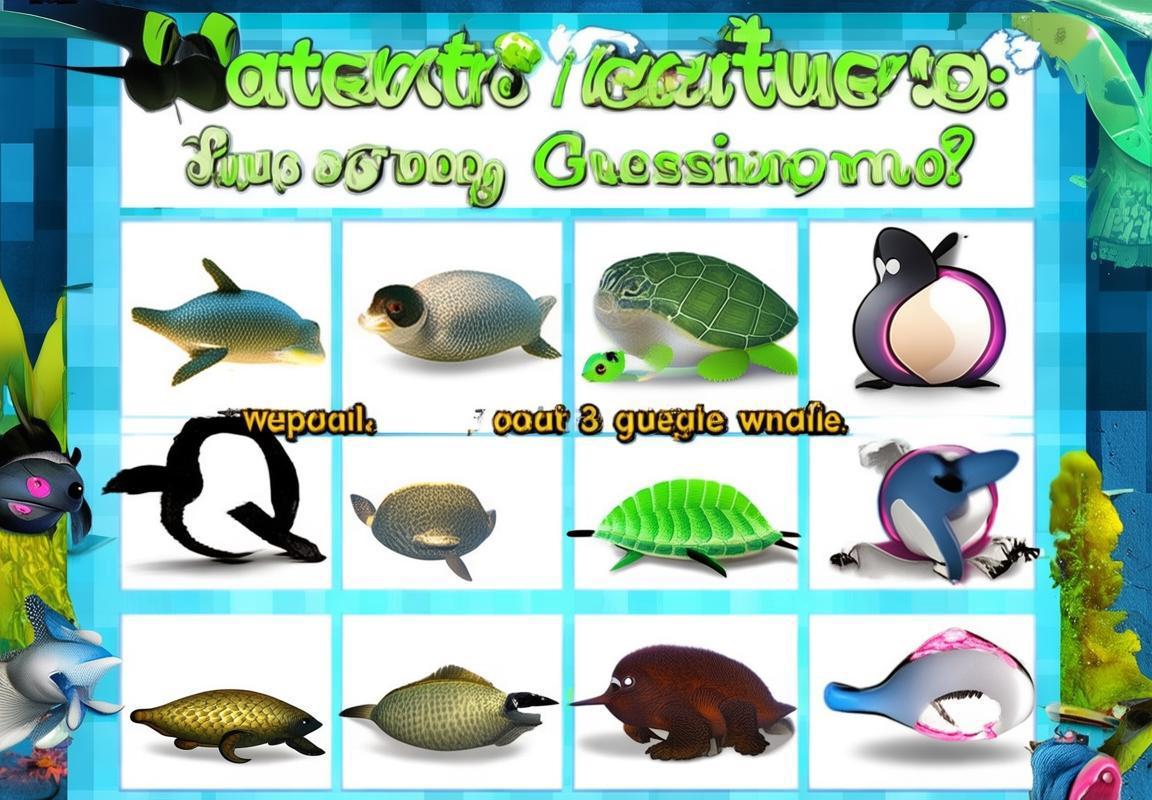
soil (đất
- rock (nghệ)
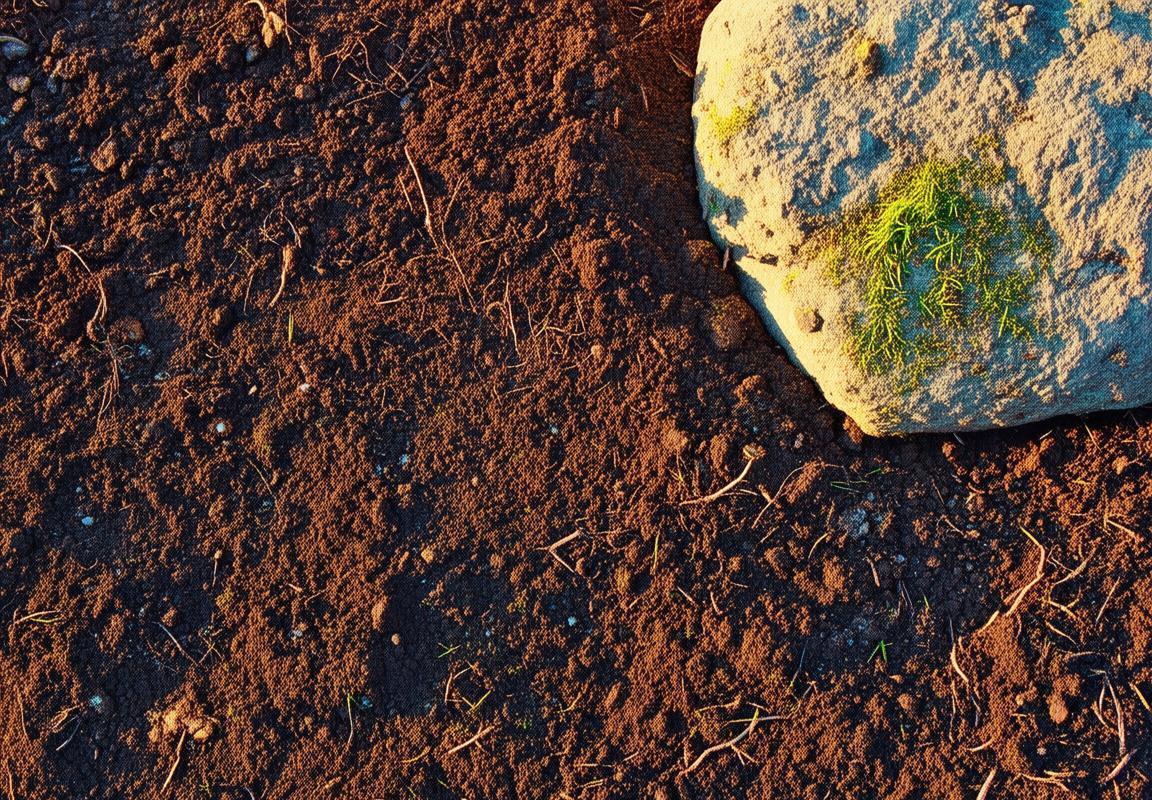
rock (nghệ
18. soil (đất)
Đất là một phần rất quan trọng của môi trường xung quanh chúng ta. Nó không chỉ là nơi trú ngụ của nhiều loài động vật và thực vật mà còn là nguồn cung cấp dinh dưỡng cho cây cối. Hãy cùng nhau tìm hiểu về đất qua một số từ vựng tiếng Anh liên quan:
- soil (đất)
- dirt (bùn)
- earth (đất)
- ground (đất)
- groundwater (nước ngầm)
- topsoil (đất)
- subsoil (đất)
- fertilizer (hôm)
- compost (hôm phân)
- sediment (bùn)
Hoạt động thực hành:
-
Đọc từ và kiểm tra: Hãy đọc các từ trên và tìm hiểu nghĩa của chúng. Ví dụ: “Soil” là gì? Đất có thể là gì?
-
Giải thích từ vựng: Đất là một lớp đất trên mặt đất, thường chứa nhiều chất hữu cơ và dinh dưỡng. Nó là nơi cây cối mọc lên và nhiều loài động vật sinh sống.
-
Tăng cường từ vựng: Bạn có thể hỏi trẻ em về các loại đất khác nhau như đất đỏ, đất đen, hoặc đất phù sa. Hãy cho họ biết đất có thể được chia thành nhiều loại dựa trên thành phần và đặc tính của nó.
-
Kết thúc trò chơi: Hãy hỏi trẻ em nếu họ đã nhớ được các từ và khuyến khích họ sử dụng chúng trong câu để thể hiện sự hiểu biết của mình về đất.
Hoạt động thêm:
-
Vẽ tranh: Yêu cầu trẻ em vẽ một bức tranh về một khu vườn hoặc đồng ruộng và thêm vào các từ về đất mà họ đã học.
-
Trò chơi từ vựng: Chơi trò chơi từ vựng bằng cách yêu cầu trẻ em tìm từ đúng và đặt chúng vào vị trí chính xác trong câu.
-
Thảo luận: Hãy thảo luận về tầm quan trọng của đất đối với cuộc sống và cách chúng ta có thể bảo vệ nó.
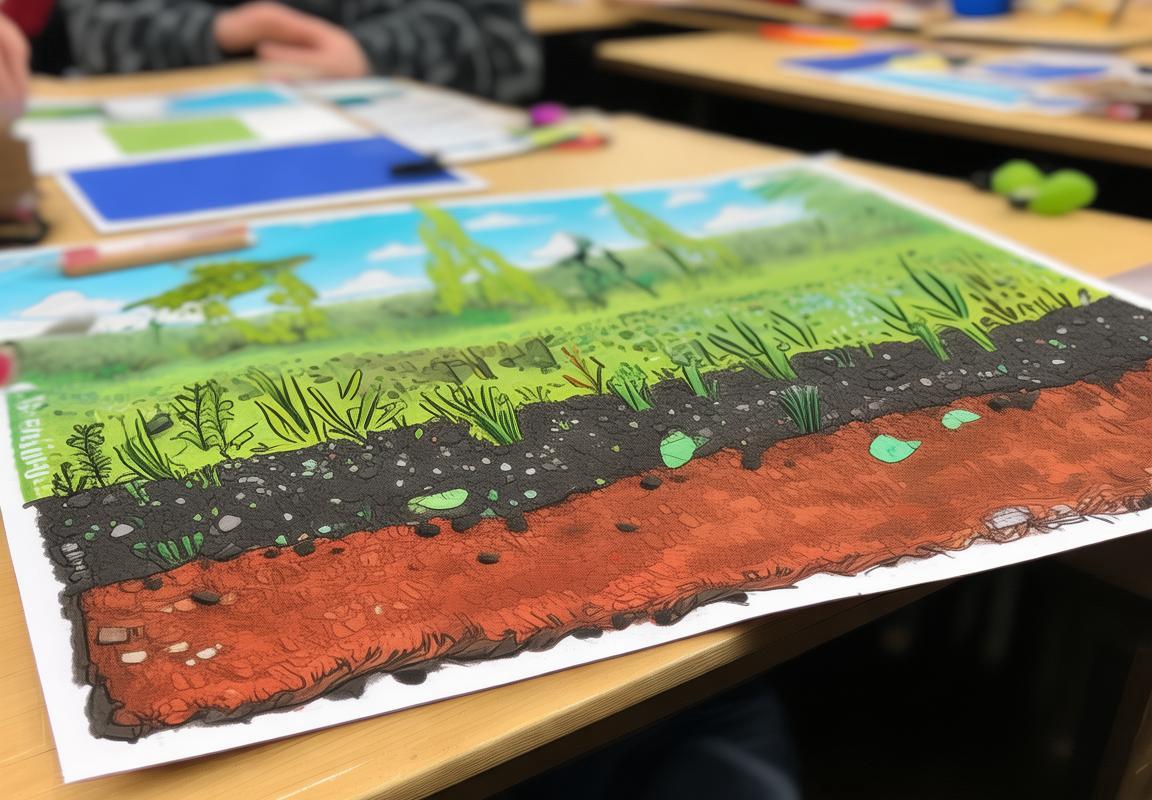
sand (cát
Tạo hội thoại về việc đi trường bằng tiếng Anh cho trẻ em 6-7 tuổi
Hội thoại:
Child 1: Hello, Child 2! How was your weekend?
Child 2: Hi, Child 1! It was great! I went to the park with my family.
Child 1: That sounds fun! Did you have any new toys?
Child 2: Yes, I got a new coloring book. It’s really cool!
Child 1: I love coloring books too! I have a lot of them. Do you like school?
Child 2: Yeah, I do! I have my favorite teacher, Mrs. Johnson. She teaches us about animals and plants.
Child 1: Mrs. Johnson is my teacher too! She is very nice. Do you like math?
Child 2: I like math a lot. We learn to count and add numbers. It’s fun!
Child 1: That’s great! I like math too. We have a lot of games in class. Do you play games at school?
Child 2: Yes, we play a lot of games. We have a game where we have to find the hidden pictures in the book.
Child 1: That sounds fun! I wish I could play that game.
Child 2: Maybe we can play it together after school.
Child 1: I would love that! So, what did you do at school today?
Child 2: We had art class. We painted pictures of the sun and the clouds.
Child 1: That sounds beautiful! I wish I could see your pictures.
Child 2: Maybe I can show you next time. Do you have any homework?
Child 1: Yes, we have a little homework. We have to write a story about our favorite animal.
Child 2: That sounds interesting! What’s your favorite animal?
Child 1: My favorite animal is the elephant. Elephants are very big and strong.
Child 2: Elephants are amazing! I like the lion. Lions are the kings of the jungle.
Child 1: Lions are cool too! So, we should write stories about our favorite animals and share them with each other.
Child 2: That’s a great idea! Let’s do it tomorrow.
Child 1: Yes, let’s! So, how was your day?
Child 2: It was good. I had music class. We learned to sing a new song.
Child 1: That’s amazing! I wish I could hear you sing.
Child 2: Maybe I can sing it for you next time.
Child 1: I would love that! So, we have a lot of fun things to do. I’m really looking forward to tomorrow.
Child 2: Me too! Tomorrow is going to be a great day!
Child 1: Yes, it will be! Goodnight, Child 2!
Child 2: Goodnight, Child 1!
